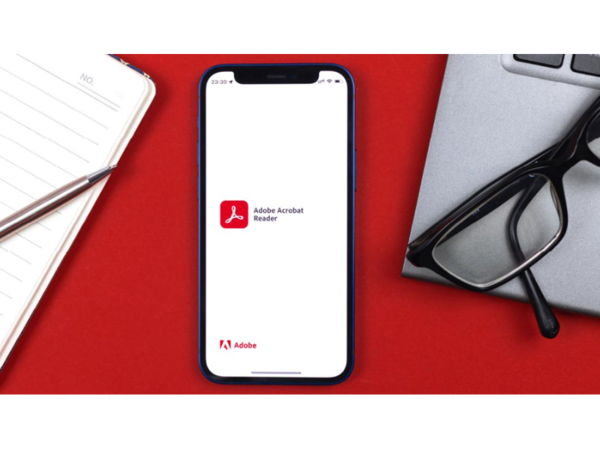In today's digital age, managing various file formats like JPG, PNG, and PDF is crucial. Among these, the need to convert JPGs to PDFs arises frequently, whether it's for signatures, screenshots, or maintaining image quality during sharing. Converting to PDF ensures the file is easily accessible and preserves the image's integrity.

While numerous tools facilitate this conversion, Adobe Acrobat remains a trusted solution, known for its ability to convert files from JPG to PDF without compromising quality. Let's explore the process of using Adobe Acrobat for this conversion.
JPG (Joint Photographic Experts Group) is a widely used format for compressing detailed images, making them ideal for sharing and storage on blogs, social media, and emails.
PDF (Portable Document Format) is versatile, encompassing images, documents, and more. Its global compatibility and ability to maintain image quality, even when scaled, make it a preferred choice.

Note: The smartphone version of Adobe Acrobat may require a subscription for the "Image to PDF" conversion feature.
Yes, many online and offline tools offer free JPG to PDF conversion.
Adobe Acrobat provides accurate PDF editing features. Upload your file, make the desired changes, and use the "Correct Suspect" icon to finalize edits.
Use a browser on your smartphone to access a free online JPG to PDF conversion tool. Upload the file, and it will typically convert automatically or require you to tap a conversion button.
Newer articles
 Indian Astronaut Joins ISS: Shukla's Mission Ushers in New Era for India's Space Program
Indian Astronaut Joins ISS: Shukla's Mission Ushers in New Era for India's Space Program
 Ashada Gupt Navratri 2025: Unveiling Dates, Sacred Rituals & Hidden Significance
Ashada Gupt Navratri 2025: Unveiling Dates, Sacred Rituals & Hidden Significance
 Rishabh Pant's Unconventional Batting Redefining Cricket, Says Greg Chappell
Rishabh Pant's Unconventional Batting Redefining Cricket, Says Greg Chappell
 Moto G54 Price Slashed in India: Check Out the New, Lower Cost
Moto G54 Price Slashed in India: Check Out the New, Lower Cost
 JPG to PDF: A Graphic Designer's Guide to File Conversion and Quality Preservation
JPG to PDF: A Graphic Designer's Guide to File Conversion and Quality Preservation
 'The Traitors' Star Apoorva Mukhija Accuses Sudhanshu Pandey of Misogyny and Verbal Abuse After On-Screen Drama
'The Traitors' Star Apoorva Mukhija Accuses Sudhanshu Pandey of Misogyny and Verbal Abuse After On-Screen Drama
 Van der Dussen to Captain South Africa in T20I Tri-Series Against New Zealand and Zimbabwe
Van der Dussen to Captain South Africa in T20I Tri-Series Against New Zealand and Zimbabwe
 20 Minutes to a Healthier Brain and Heart: Neurologist's Simple Strategies to Combat Cholesterol, Blood Pressure, and Dementia Risk
20 Minutes to a Healthier Brain and Heart: Neurologist's Simple Strategies to Combat Cholesterol, Blood Pressure, and Dementia Risk
 England's Audacious Batters Claim They Could Have Chased Down 450 in First Test Win Over India
England's Audacious Batters Claim They Could Have Chased Down 450 in First Test Win Over India
 Popular Finance YouTuber "financewithsharan" Hacked: Security Measures to Protect Your Account
Popular Finance YouTuber "financewithsharan" Hacked: Security Measures to Protect Your Account